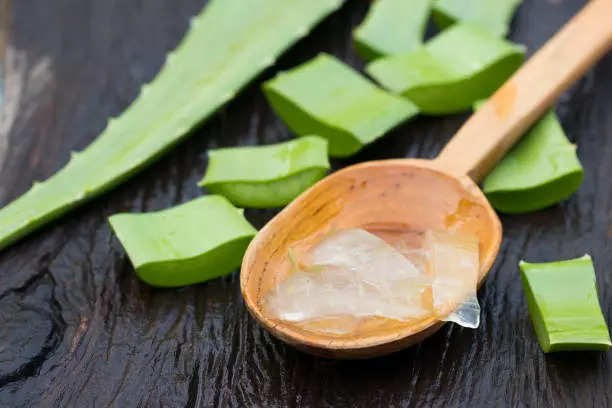Artificial food colours are known to be dangerous for the human body. While we keep hearing about adulteration of turmeric, milk, and black pepper, a recent viral video doing rounds on social media has revealed crispy and crunchy green peas being adulterated with artificial food colour.
A viral video by the Instagram handle _heresmyfood has revealed the process of making green chana, mostly consumed as a snack with drinks. The viral video has gained more than 22.5 million views till date and 328870 likes. The video captions, “120 kgs salted green matar making, Assam.”
As per the video, they actually use artificial colours on yellow peas. Then, they dry it in the Sun so that colour sets well, giving it a stable uniform look. The coloured peas are then deep-fried for 10 minutes. After that, they use a machine to remove the extra oil. Then, they mix salt and pack it.
How to check adulteration of green peas at home
According to experts, there are adulterants used in the artificial colours and are dangerous for the human body and that’s the reason, the FSSAI in 2021 started an initiative on X called # #DetectingFoodAdulterants. Under this series, every week they share a trick that you can use at home to check food adulteration. They shared the trick on how to check adulteration in green peas. Here’s the trick:
1. Take some green peas in a transparent glass.
2. Add water to it, mix well and wait for half an hour
3. Unadulterated green peas do not leave any colour, while adulterated green peas with artificial colour will turn water green.
Common artificial green food dyes used in cooking
The chemical names of some artificial green food dyes include:
Green S.
A triarylmethane dye also known as Food green S, Acid green 50, Lissamine green B, and Wool green S. It’s used in a variety of foods, including ice cream, sweets, and mint sauce.
Fast Green FCF
A turquoise triarylmethane dye also known as Food green 3, FD&C Green No. 3, Green 1724, Solid Green FCF, and C.I. 42053. It’s used as a food coloring agent and has an E number of E143.
Green 3
A synthetic pigment that’s sometimes referred to as a triphenylmethane color.
Fast Green FCF, also known as Food Green 3 and Green 1724, belongs to the category of triarylmethane dyes. As a food coloring additive, it is utilized in dietary supplements, morning cereals, baked goods such as cakes and cupcakes, drink mixtures, and frozen delights. It is an approved food dye in the European Union (E Number E143), US (FD&C Green No. 3), and India. While the moderate use of such colours is not bad, excessive intake can lead to following side effects
Allergic Reactions: It is said to lead to skin rashes, itching, or hives. It might also cause respiratory issues in sensitive individuals and can possibly exacerbate asthma.
Digestive Issues: It can lead to stomach pain, nausea, or diarrhea in some people and has the potential disruption of gut microbiota with excessive consumption.
Hyperactivity & Behavioral Effects: Some studies suggest artificial colors, including Fast Green FCF, may contribute to hyperactivity in children, especially those with ADHD
Potential Carcinogenicity & Toxicity: As per animal studies, it is said that they may lead to toxicity, but no conclusive evidence links it to cancer in humans have been found. It is also said that long-term exposure can lead to liver and kidney issues.
Thumb and Embed Images Courtesy: istock






